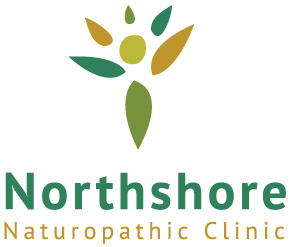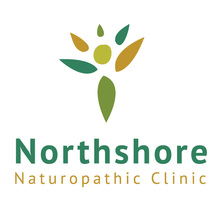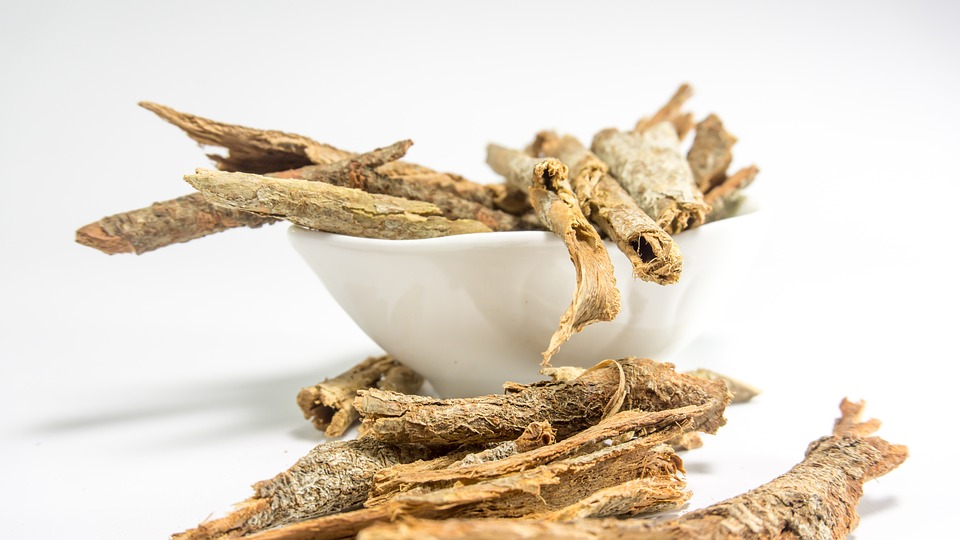Asparagus, a popular spring vegetable, can be found in grocery stores in many areas now; it’s available from mid-February through July, with peak months from April through June. The name “asparagus” is of Greek origin meaning “shoot” or “sprout.”
Asparagus is packed with a wide array of nutrients:
- Just 5 stalks contain an excellent source of folic acid, making asparagus the leading source of this vitamin among vegetables.
- It contains more glutathione than all other vegetables and fruits analyzed to date. Glutathione is an essential component of your liver’s detoxification enzymes (see Eating Alive II for more info).
- Asparagus is one of the richest sources of rutin, a nutrient which helps strengthen the walls of blood vessels.
- It’s also a good source of vitamins A, C, and B6, thiamin, and fiber.
Asparagus can have a positive impact on pesticide exposure. A study at the University of California, Davis found that it actually reduced the pesticide, malathion, to a non-detectable level. In addition, asparagus contains no fat or cholesterol and is low in calories and sodium.
Thicker stalks are more tender and of better quality than thin ones. Fresh asparagus is best when cooked quickly—they can be steamed or cooked in a small amount of boiling water for 5 to 8 minutes, until tender-crisp. Or slice the stalks diagonally and use in stir-fries, such as in this month’s recipe, Asparagus, Mushroom, and Prawn Stir-Fry.



